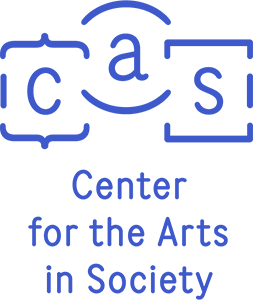
Spring 2016
64-422 Holocaust Center 2.0
T 6:30pm - 8:20pm | CFA Room 206A | Paul Rosenblatt
Seventy years ago, World War II ended and the realities of the Holocaust, a genocide organized by Adolf Hitler?s Nazi regime in Germany that led to the killing of more than six million Jews and many others, began to emerge. Ever since, scholars have studied the origins of this genocide, with an eye towards preventing something like this from happening again. Ever since, all over the world, Holocaust organizations have developed educational projects and programs. What will happen to these programs and how will Holocaust Centers adapt to a time when there are no first hand survivors to talk to? This question forms the core of this project focused on the parameters of the Holocaust Center of the next generation, Holocaust Center 2.0. Like other student-centered, real-world projects I have led at CMU, Holocaust Center 2.0 has been conceived as a multi-departmental project for a real client, the Holocaust Center of Pittsburgh. In this course, I am interested in student historians, scientists, technologists, writers, artists, designers, architects, planners, sociologists, philosophers, psychologists...really, every discipline has a role to play on our team. There are many stories to be told and questions to be asked.
Cross Listed:
60:397 John Carson, School of Art
76:369 Jennifer Keating-Miller, Department of English
16:397 Illah Nourbakhsh, Robotics Institute
Art, Conflict and Technology in Northern Ireland
Wed 12:00pm to 2:50m CFA Room 111
Art, Conflict and Technology in Northern Ireland is a 9-unit course cross-listed in the School of Art and the Department of English, with a required 3-unit recitation in the Robotics Institute. Throughout the term students will be introduced to a history of social strife in the North of Ireland from the 1960s to the present, and efforts to reconcile differences in the contemporary period. We will consider the influence of advancing technology on how narratives are shared within a community and worldwide. We will reflect upon and analyze a variety of literary and visual art sources from the chosen time period, while also learning how to create mixed-media projects using Gigapan and Hear Me systems from Carnegie Mellon’s CREATE Lab in the Robotics Institute.
If you have ever considered how artists explore societal strife through their writing or visual arts practice, if you are interested in the social and political influences of evolving technology, or if you are a practicing artist who uses advancing technology as a tool for individual expression, this integrative course is for you. Throughout the semester we will examine the practice of a range of visual artists that include Rita Duffy, John Kindness and Willie Doherty and writers and dramatists like Dermot Healy, Patrick McCabe and Christina Reid. Students will learn how to use CREATE Lab’s Gigapan and Hear Me systems as platforms for exploring the content presented in class and for the development of final projects. We will travel to Belfast for spring break 2015, to meet a variety of writers and artists whose work we will study, and stakeholders in reconciliation efforts throughout the region.
In addition to weekly lectures on Thursdays throughout the term, students will have a six-week lab on Tuesdays. Lab sessions are held in the CFA 307, and begin in the second week of classes (January 20th).
